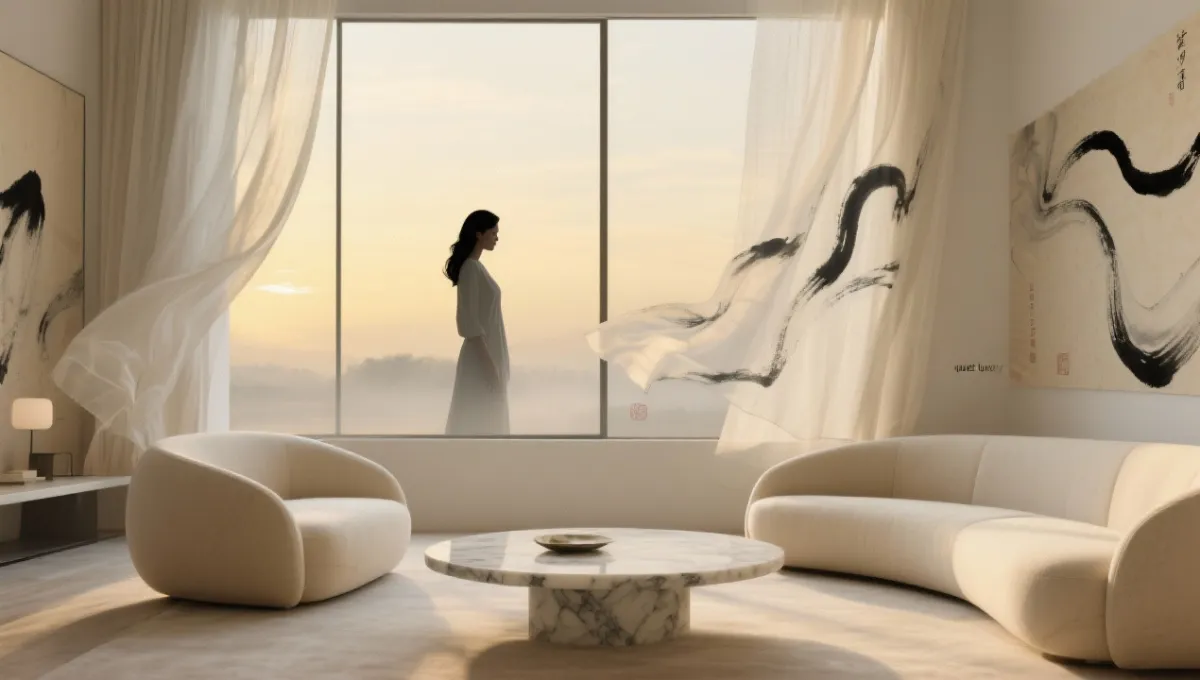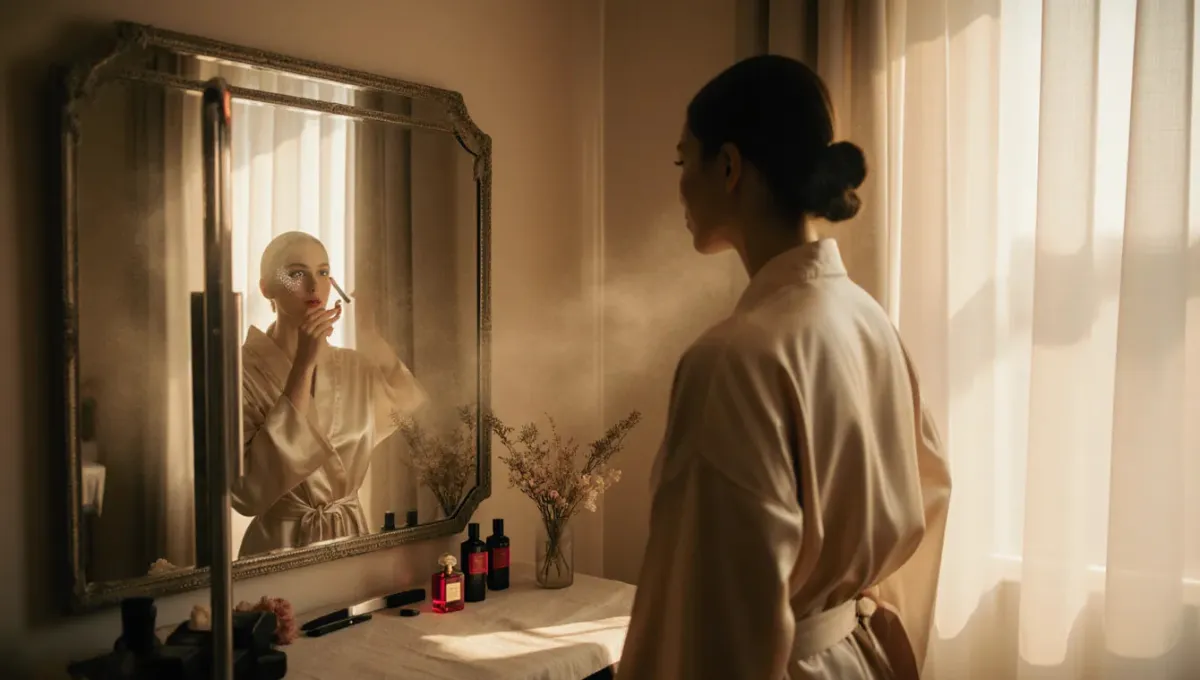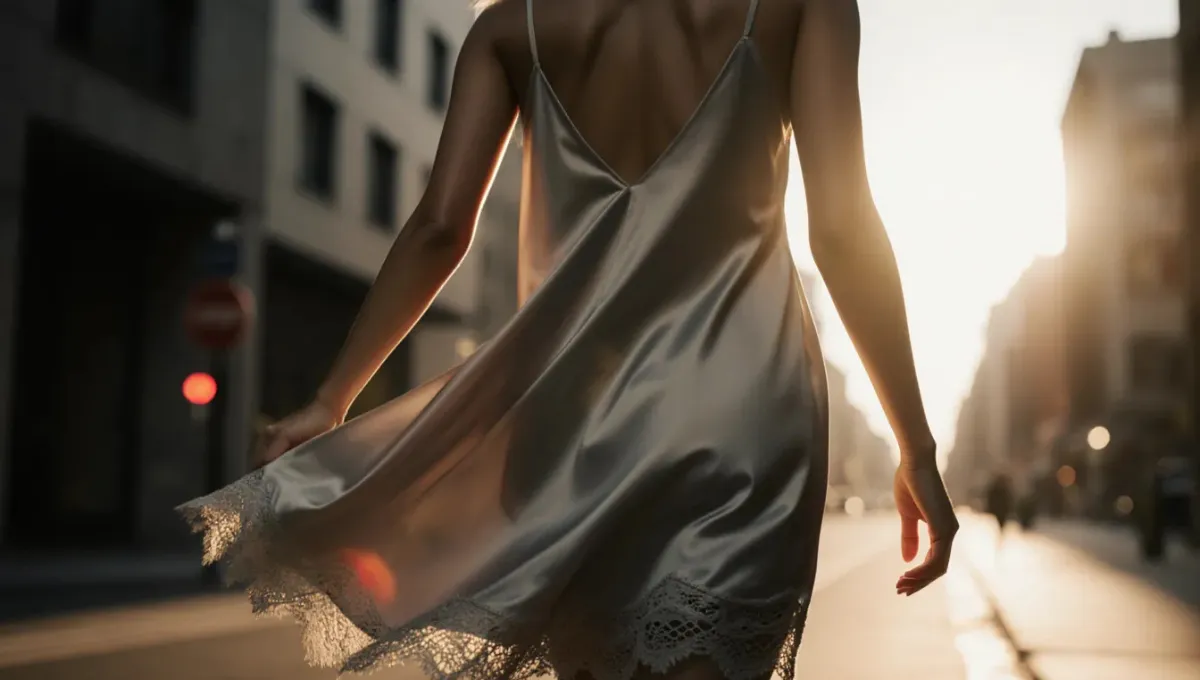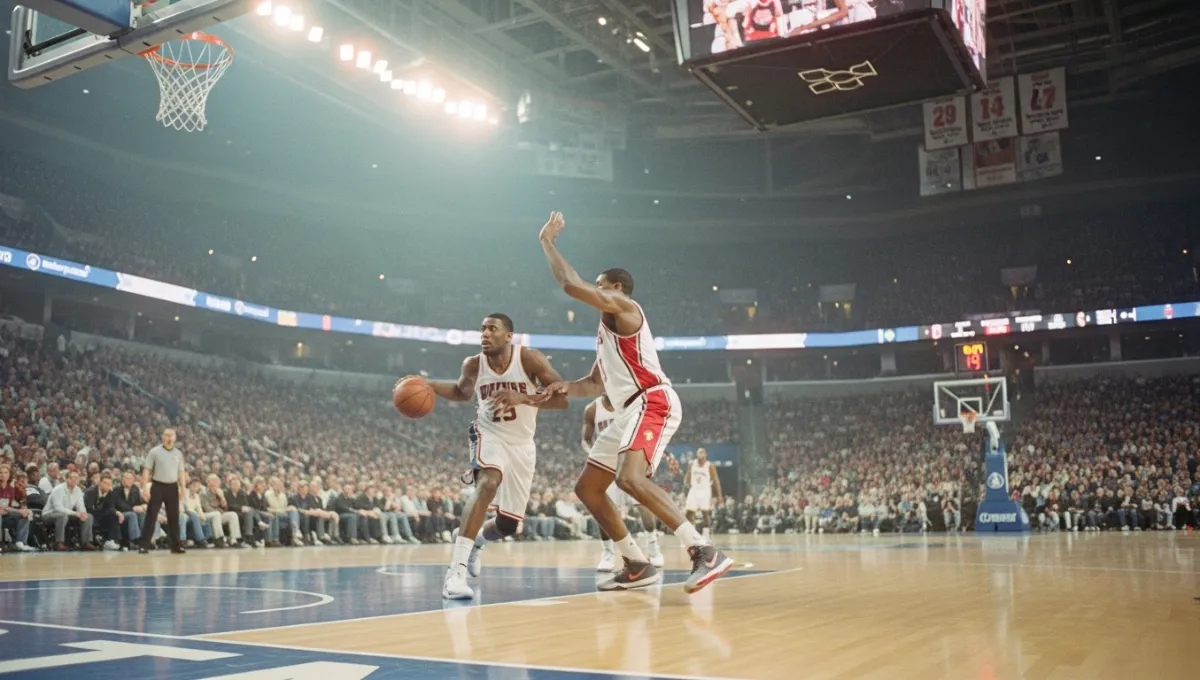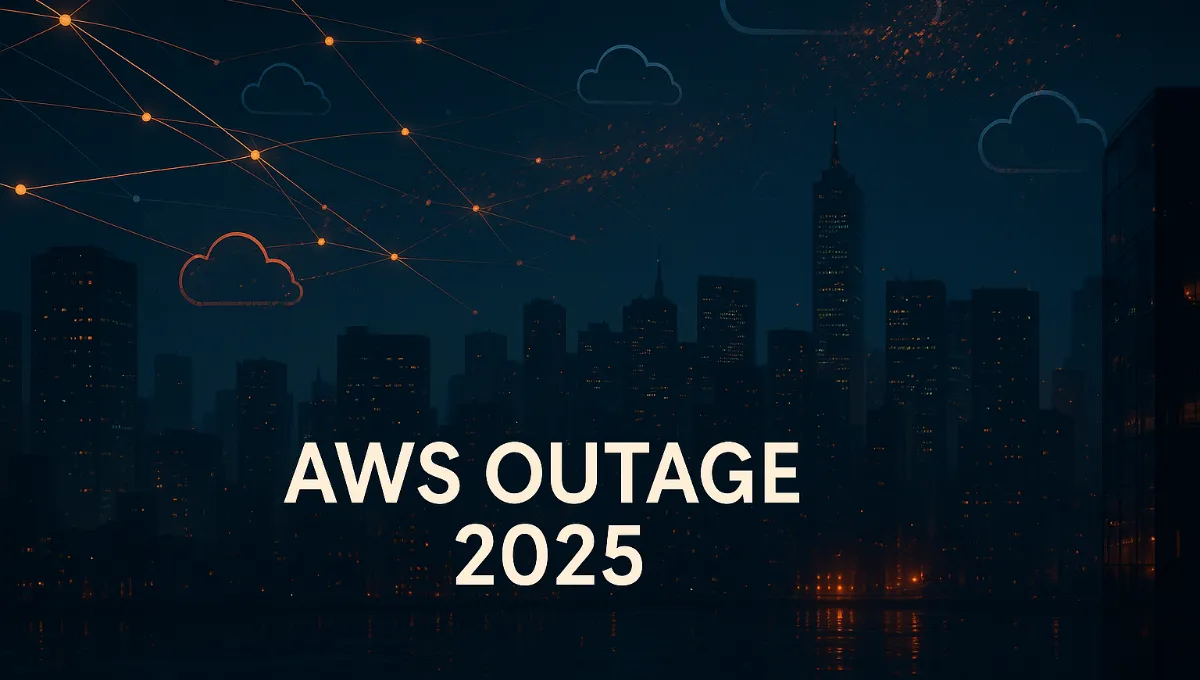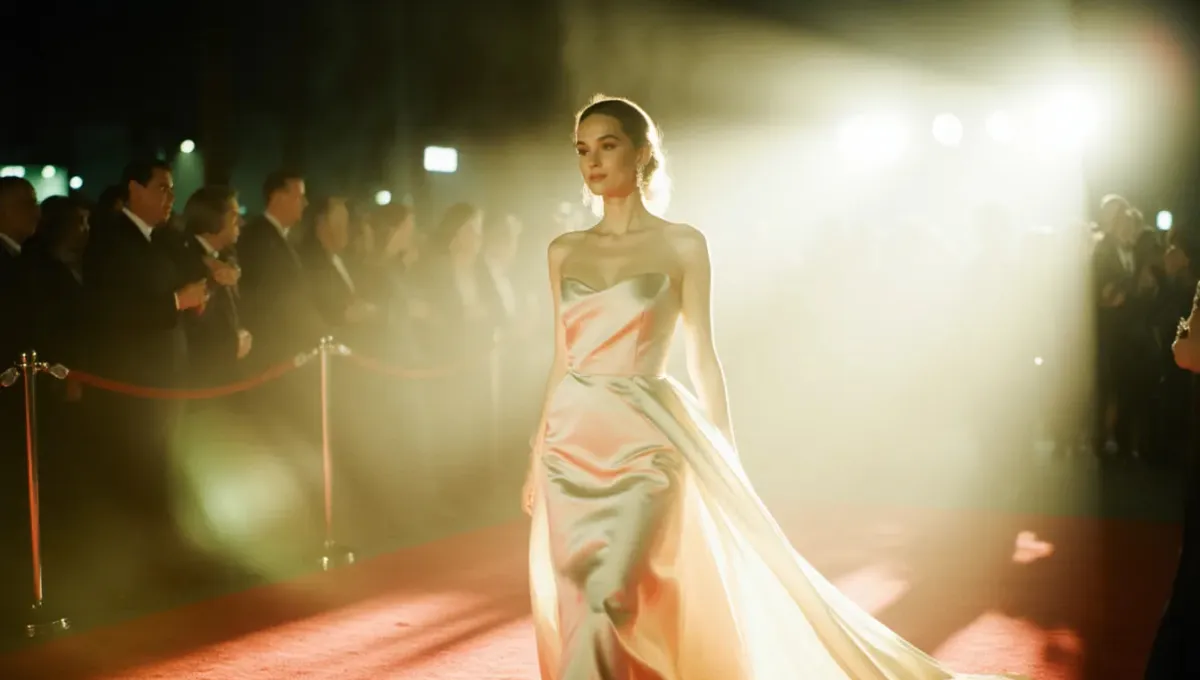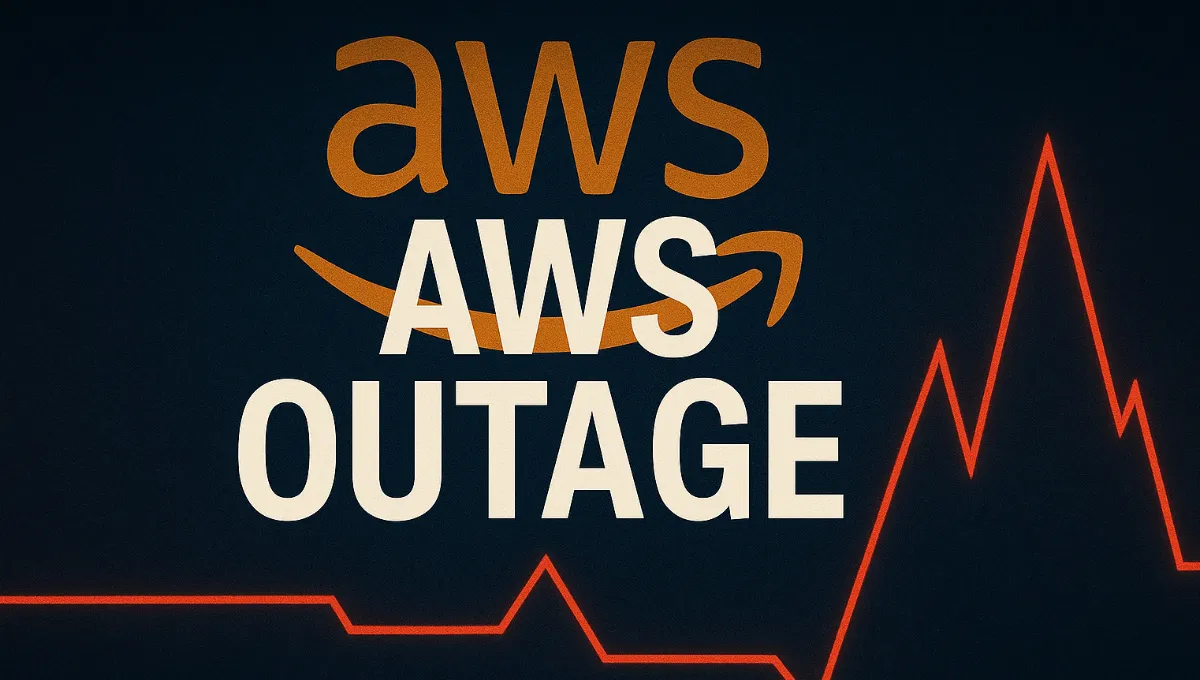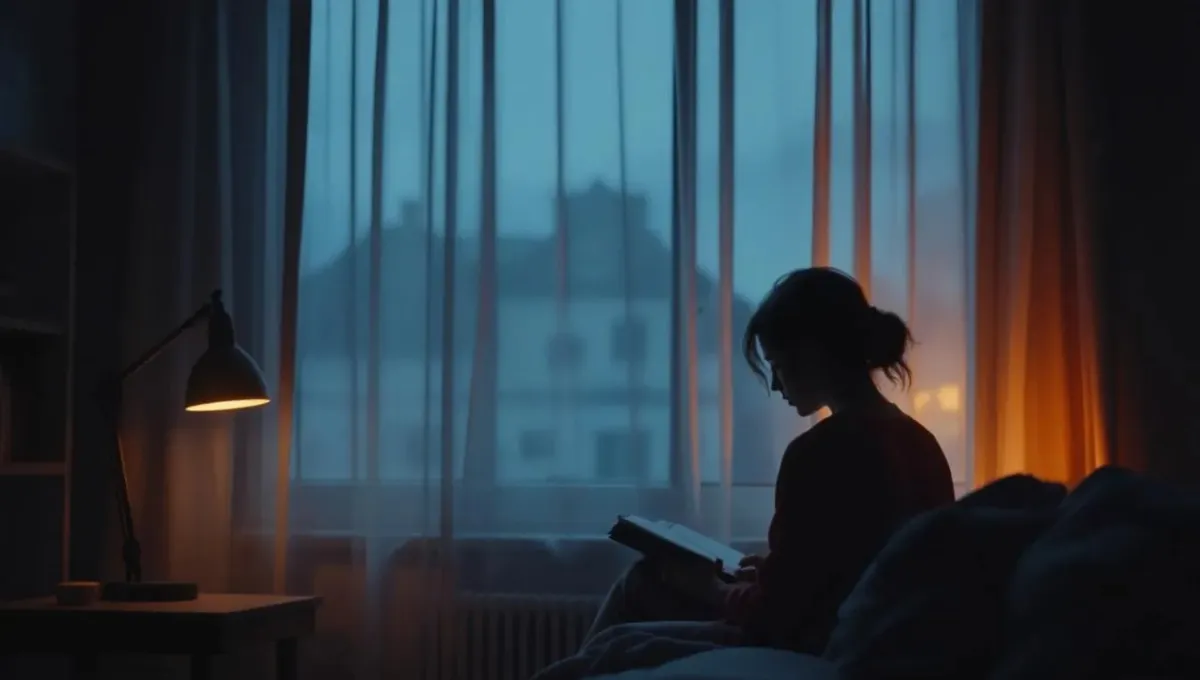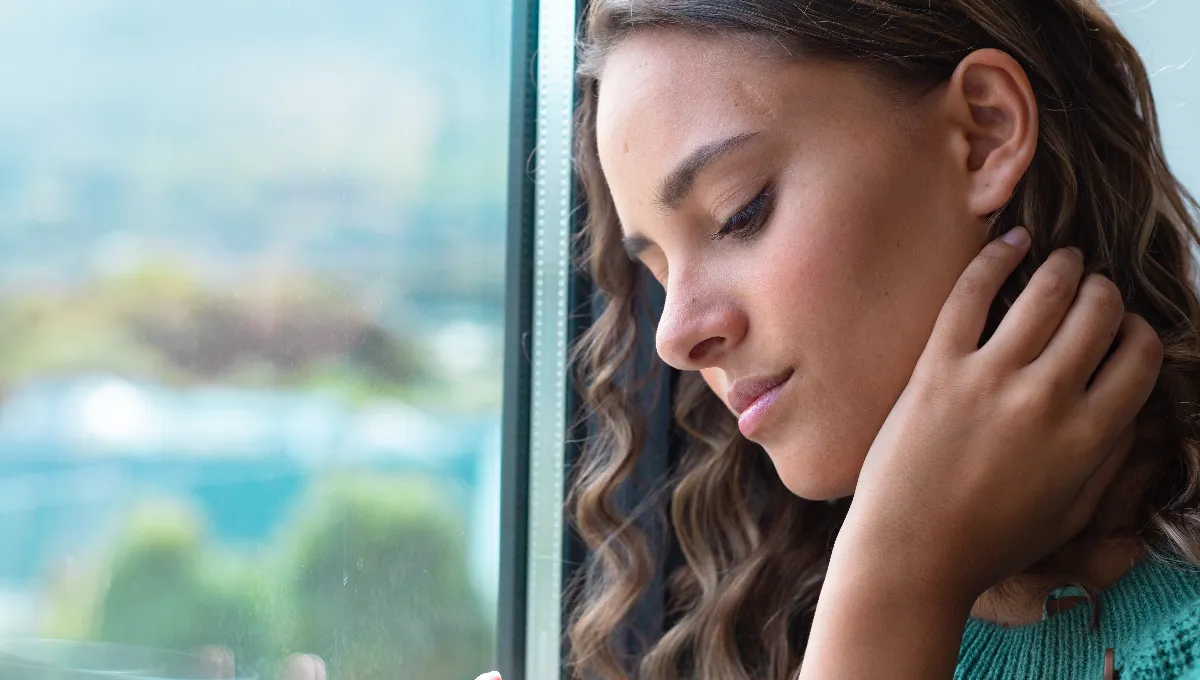The story of Warriors vs Lakers is more than basketball — it’s a living, breathing symbol of American sports culture, legacy, and reinvention. When the Golden State Warriors meet the Los Angeles Lakers, it’s not just about who scores more points; it’s a clash between eras, philosophies, and identities that shape the very heart of the NBA. In 2025, this rivalry stands as one of the few that bridges generations, blending the nostalgia of the past with the relentless pulse of modern fame.
From the glamorous lights of Los Angeles to the innovative energy of the Bay Area, the Lakers and Warriors represent two sides of California — Hollywood spectacle and Silicon Valley precision. One thrives on showmanship and legacy; the other on revolution and data-driven dominance. The Lakers built their empire on larger-than-life icons — Magic Johnson, Kobe Bryant, and now LeBron James. The Warriors, meanwhile, created their dynasty around Steph Curry, Klay Thompson, and Draymond Green, rewriting basketball’s playbook with the three-point revolution. Every meeting between these teams carries the weight of history and the spark of reinvention.
In recent seasons, the matchup has taken on a cultural life of its own. Each game between the Warriors and Lakers feels like a global event — the arenas filled with flashing cameras, celebrities sitting courtside, and millions watching from around the world. What began as a California rivalry has become a worldwide phenomenon. Social media explodes with reactions, edits, memes, and passionate debates. It’s no longer confined to the court; it’s a content universe where every dunk, stare, and buzzer-beater becomes a viral moment.
The LeBron vs Curry narrative gives this rivalry a mythic quality. Both players are icons of their generation, yet polar opposites in style and story. LeBron, the powerful leader who’s carried the league for two decades, embodies longevity, discipline, and control. Curry, the unassuming shooter who changed how the game is played, represents creativity, risk, and joy. When they meet, the tension feels bigger than sports — it’s legacy vs innovation, strength vs finesse, Hollywood vs the Bay. Fans argue endlessly about who’s the greater player, but the truth is that both have elevated each other’s greatness. Without Curry, LeBron’s late-career dominance wouldn’t have the same urgency; without LeBron, Curry’s triumphs wouldn’t feel so revolutionary.
By 2025, both franchises face new challenges. The Warriors are aging, yet their chemistry remains unmatched. Curry still shoots like time doesn’t apply to him. Draymond continues to ignite both his teammates and his rivals. Klay, after years of recovery, finds rhythm in moments that remind fans why the Splash Brothers changed basketball forever. The Lakers, on the other hand, are in a transitional era — LeBron’s leadership guiding younger talents like Austin Reaves and Rui Hachimura into a future that balances legacy and evolution. Every game now feels like a battle for relevance in an NBA landscape shifting toward youth, speed, and analytics.
What makes the 2025 season different is how the Warriors vs Lakers rivalry transcends basketball. It’s part of fashion, technology, and global entertainment. Every time LeBron walks into the Crypto.com Arena, photographers capture his pre-game fits, which trend within minutes. When Curry drains a half-court shot, it’s instantly remixed into fan edits with millions of views. Even non-basketball fans recognize the symbolism — grace vs power, youth vs experience, west coast creativity vs Hollywood drama.
Media coverage amplifies the spectacle. Sports talk shows turn every meeting into a referendum on greatness. Analysts debate dynasties and decline, while fans flood comment sections with emotion. The NBA itself leans into the hype, scheduling Warriors-Lakers games for prime-time television, knowing that no matchup draws such cross-generational attention. For younger audiences, it’s an introduction to basketball’s mythology; for older fans, it’s a reminder of what made them fall in love with the game.
The rivalry also mirrors broader cultural trends. In a world obsessed with identity, brand, and personal narrative, both teams function like cultural avatars. The Lakers embody stardom — the dream that anyone can rise, shine, and dominate under bright lights. The Warriors symbolize creativity and collaboration — a system where precision and teamwork redefine success. This duality resonates in American culture itself, making each matchup a reflection of deeper values: fame vs craft, legacy vs innovation, individuality vs unity.
Economically, the rivalry is gold. Ticket prices skyrocket when these teams face off. Merchandise sales surge. Streaming numbers break records. The NBA leverages it as a global marketing engine — from Asia to Europe, millions tune in not just to watch a game, but to witness modern mythology in motion. Brands compete to associate with these moments, knowing that the emotional investment of fans translates directly into cultural currency.
And yet, despite the spectacle, there’s still something pure about the competition. Beneath all the lights, sponsorships, and viral videos, the rivalry remains rooted in respect. LeBron and Curry have faced each other in Finals series, All-Star games, and endless highlight reels, but their relationship is marked by mutual admiration. When the buzzer sounds, and the cameras fade, they embrace — a quiet reminder that greatness recognizes greatness.
In 2025, the rivalry also serves as a generational bridge. Fans who grew up idolizing Kobe now bring their kids to watch Curry and LeBron. For many, these games are family rituals — moments shared across living rooms, time zones, and continents. The rivalry keeps basketball human in a digital age. It reminds us that while stats and algorithms define success, emotion still defines meaning. Every cheer, groan, and gasp in the arena echoes that timeless truth.
As the season unfolds, the stakes rise. The Warriors chase one more run before time catches up; the Lakers aim to prove they’re still contenders, not just a legacy brand. Whether it’s Curry hitting a 35-foot dagger or LeBron powering through defenders for a thunderous dunk, each game feels like a cinematic sequence. Fans don’t just watch; they experience. The broadcast isn’t background noise — it’s part of the cultural heartbeat of the year.
Ultimately, Warriors vs Lakers represents the evolution of sports in the digital era. What was once a local rivalry is now a transmedia phenomenon. It exists in memes, playlists, fashion lines, documentaries, and highlight reels. The borders between sports, entertainment, and technology have dissolved, and this matchup sits right at that intersection. That’s why it dominates not only search results but conversations — it’s the perfect storm of talent, emotion, and timing.
In the end, maybe the true winner isn’t the team that lifts the trophy, but the culture that surrounds them. Because every time the Warriors and Lakers share the same court, something larger than basketball happens — a collision of stories, styles, and dreams that define how we see competition itself. In that moment, the rivalry becomes art.
And that’s why, even decades from now, people will still search, talk, and relive these games — not because of the score, but because of the feeling it gave them. The Warriors and Lakers have turned rivalry into mythology, and mythology into connection. In 2025, that connection is stronger than ever — timeless, electric, and utterly unforgettable.
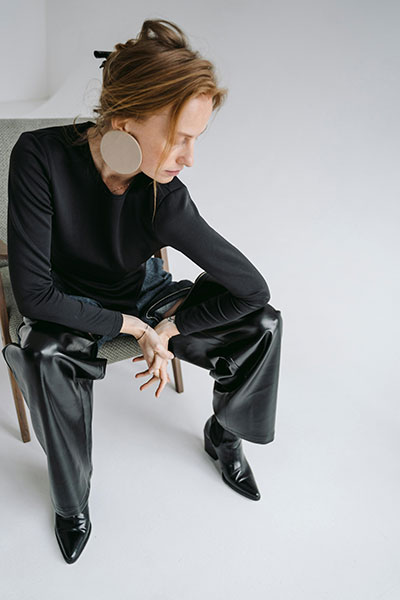
Grace Whitmore is a beauty and lifestyle editor at Nestification, exploring the intersection of modern femininity, quiet luxury, and emotional design. Her work focuses on how aesthetics, mindfulness, and self-expression shape today’s idea of calm confidence — where beauty becomes a state of mind.
Based in New York · [email protected]


